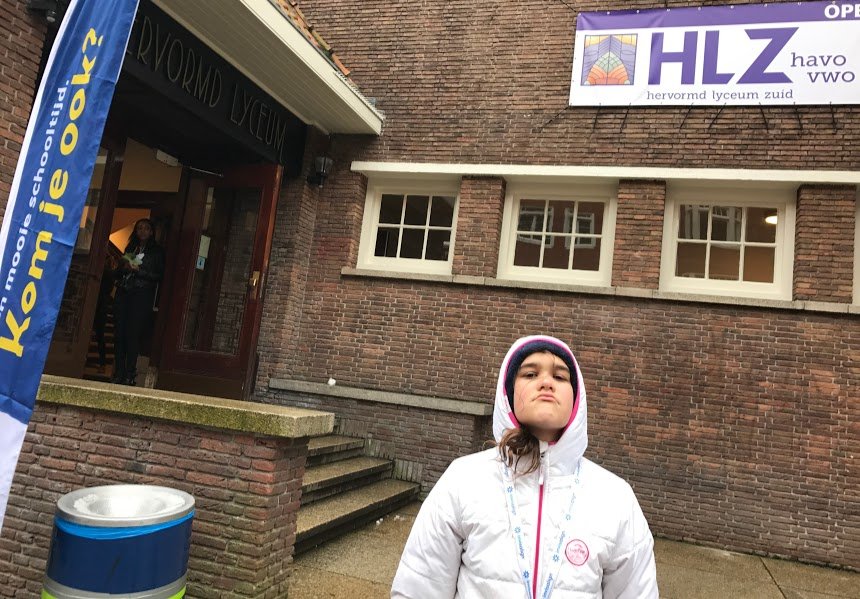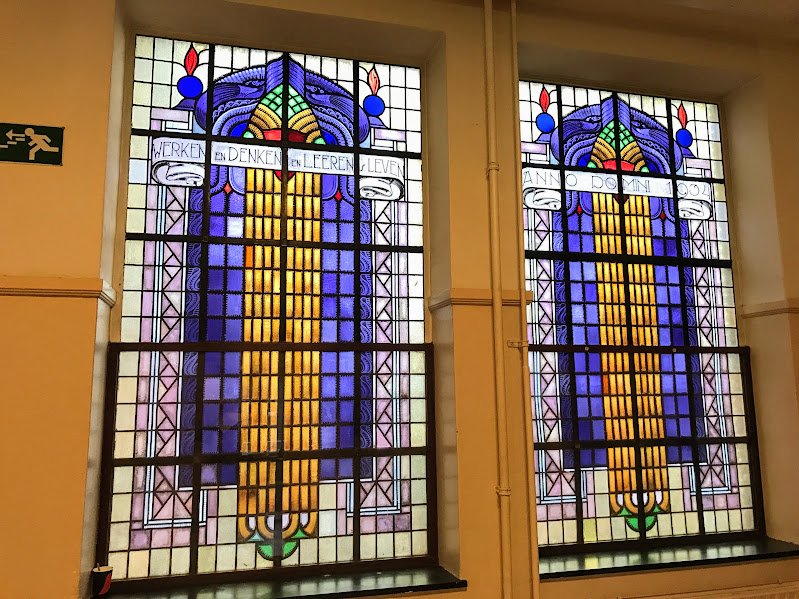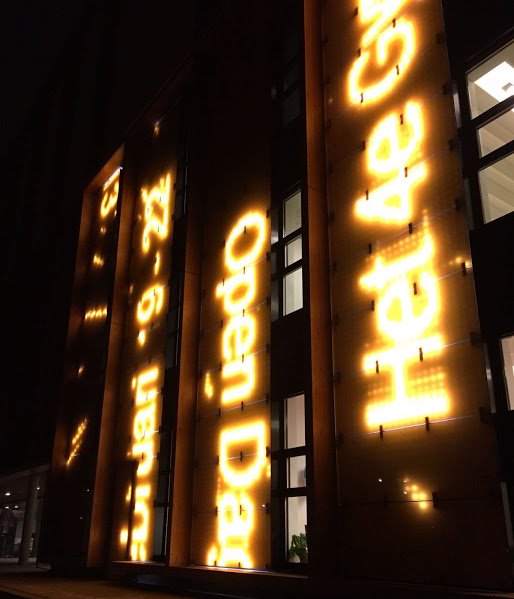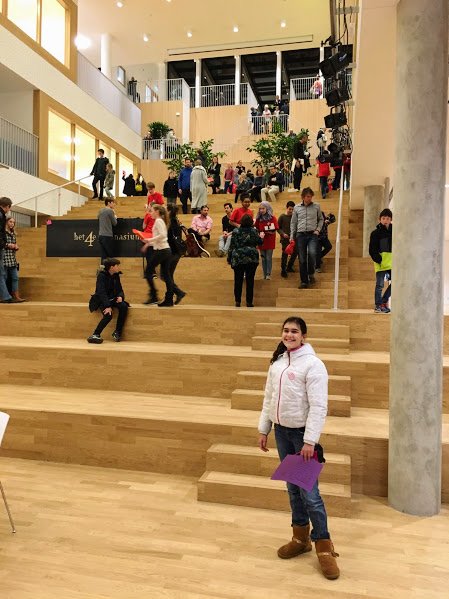There is one especially aggravating thing about this whole process: We spend by far the most time and effort on schools in which we have little interest, and to which it is very unlikely Axa will go. After all, 95% of kids get placed in one of their top three choices. It wasn’t very difficult to to choose those top three; we had a fairly good idea of which ones they would be based on their websites, programs offered, test scores, and proximity to our house. The visits were more to see how the school “felt” to Axa and rank them either one, two, or three.
However, there’s that 5% chance (or more, possibly, since her top choices are all quite popular schools) that she’ll be unlucky and go somewhere else. Which is why it’s recommended to include at least ten choices. If all goes well, we will have visited a total of thirteen schools by this time next week. Which means ten schools that are not in our top three.
I don’t think any of the schools are really that bad. So I keep trying to tell myself that it’s not that big of a deal. But at the same time, I really hate the pressure and uncertainty of having to rank them all. Because often it’s like comparing apples to oranges. I mean, obviously all things being equal, we prefer a three minute commute to a 45 minute one. But what if all things are not equal? Which of course, they aren’t. What if it’s a 25 minute commute to an OK school compared to that 45 minute commute to the amazing school? I feel like I need my own little algorithm to help me choose, which of course makes me immediately think of this article I read on NPR the other day about whether algorithms are eroding our decision making skills. And then when I ask Axa about her opinion, she’ll base it on something like the colour of the lockers, at which point I’m wondering why we’re even doing all this in the first place, rather than just throwing darts at a board.
I do keep a running tally of the schools we’ve visited (in Trello, of course), and immediately after each visit I ask Axa to give the school a preliminary ranking. At any rate, as you can see, there are few things more exciting than another school visit.

Hervormd Lyceum Zuid: This is another of those schools that’s not in our top five, and I’m struggling with where exactly I think it should go on the list. It’s fairly close by (8 minutes by bicycle), and in a nice, quiet part of town. It’s a religious (Protestant) school, which did give me pause, although religious schools in the Netherlands are funded by the government just like Montessori, Dalton, or regular public schools. I asked one of the teachers how religion figured in the curriculum, and she said all students had to take a religion class, but that was it.

This school doesn’t have a gymnasium program, but it has its own version of high-level VWO program called Universalis, which is based on the students discovering answers for themselves through project-based learning. Other than that, the school seemed very focused on assisting students with a combined havo/VWO advies to get up to VWO level. Axa was very focused on hitting me with a snowball while we were walking through the yard to get to the gym. Yes, she eventually managed it.

I liked the school OK, and it was quite close to our house, so Axa put it at #5, just under Vossius, which I feel is a bit generous, but whatever.
Het 4e Gymnasium: This is the school that is 45 minutes away. To be fair, that’s the number by public transport, including walking time to and from the bus. It’s actually “only” 27 minutes by bicycle, but that’s still pretty far, even if it is barely within the 30 minute radius that is the norm for kids to commute to high school.
I should mention here that the Amsterdam municipal government has a pretty good website with information on all these schools, including what percentage of pupils at each school come from various different quarters of the city. Especially for categorical gymnasia, there is always a significant minority coming from outside of Amsterdam, often because they don’t have the option to go to a similar school where they live. Which means that some students are traveling much further than 30 minutes by public transport or bicycle, and/or being brought to school by car.

We do pay attention to where the children come from in the schools we are considering, since it would be really nice for Axa to have some friends nearby. Most schools have a pretty good mix, but of course the ones closer to our house have more students coming from Zuid (south), the area of Amsterdam where we live. Het 4e Gymnasium is pretty much as far north as you can go in Amsterdam without crossing the Ij, which is the Amsterdam waterfront behind Central Station.
Tony, bless his heart forever, took Axa to the open evening at Het 4e Gymnasium last night while I spent a couple of much needed hours relaxing in the bath with a gin tonic.

The name literally means “The 4th Gymnasium”, which I assume is meant to distinguish it from the three Latin-named gymnasia that have been around for a long time and are near our house. According to Tony, the curriculum is heavily based around film, and the students make films in each class as a way of learning.
Axa liked the feel of the school and what she heard, and was impressed by the huge, beautiful building.

She says if the school were closer to our house it would be her first or second choice. As it is, she put it second to last.
We have two schools to visit tomorrow morning, and then a couple more next week, so we are definitely in the home stretch. Onward and upward!